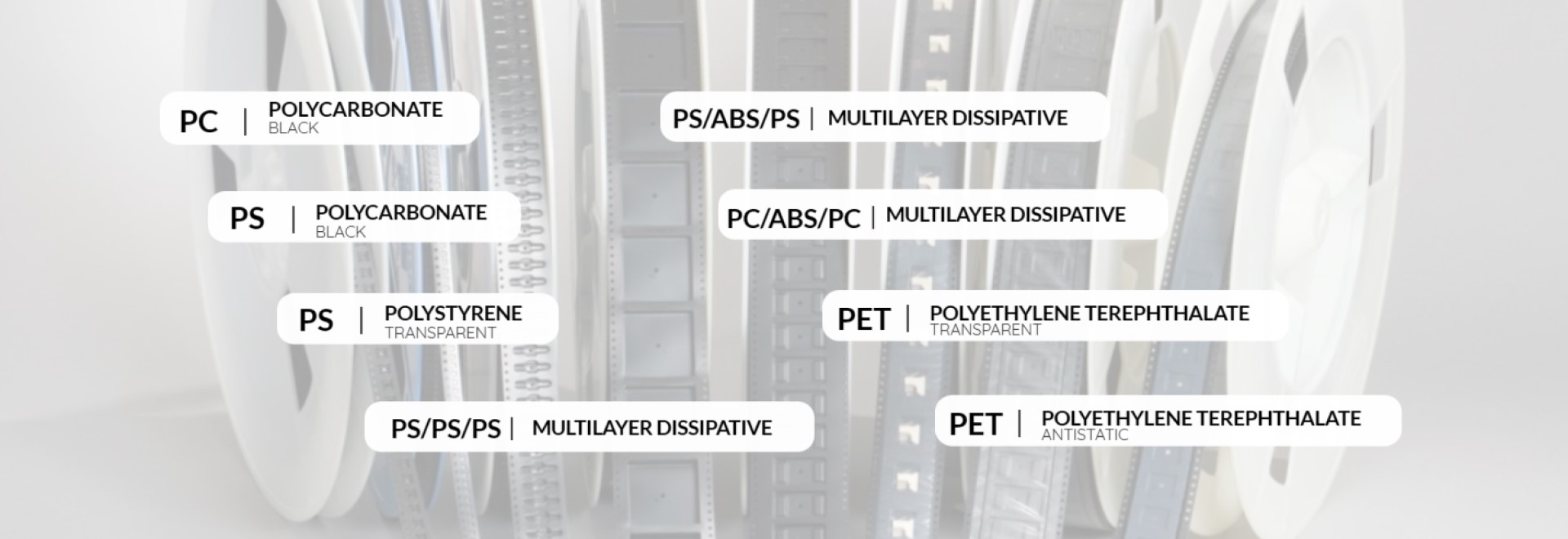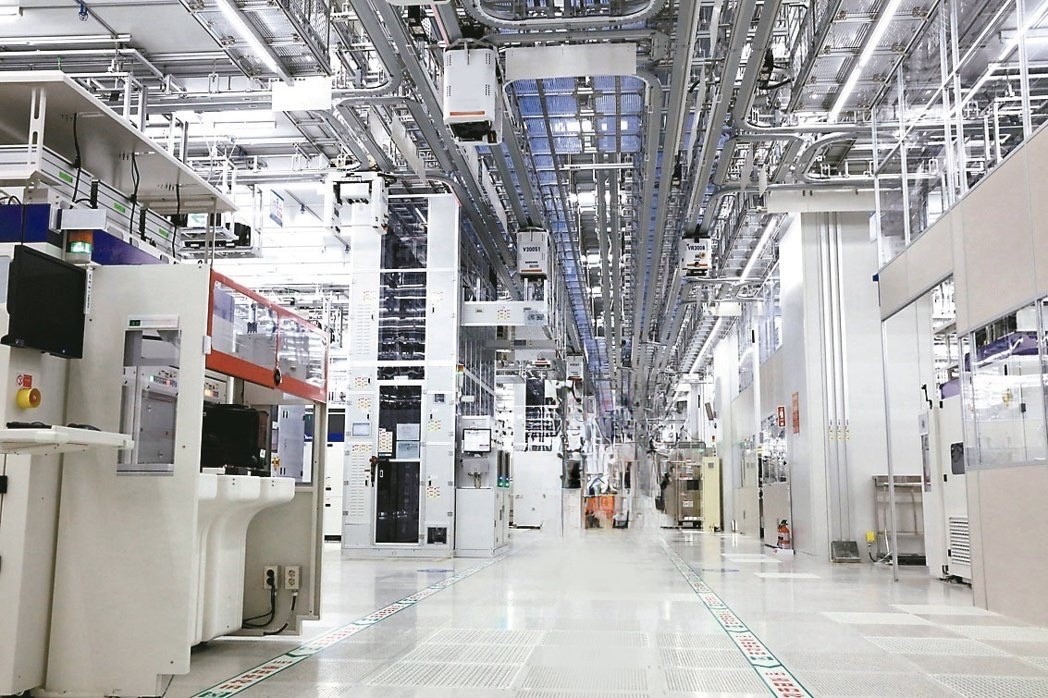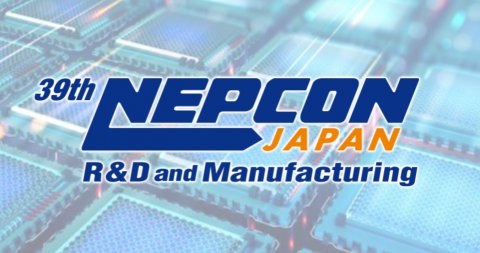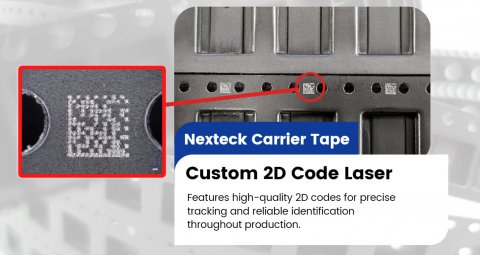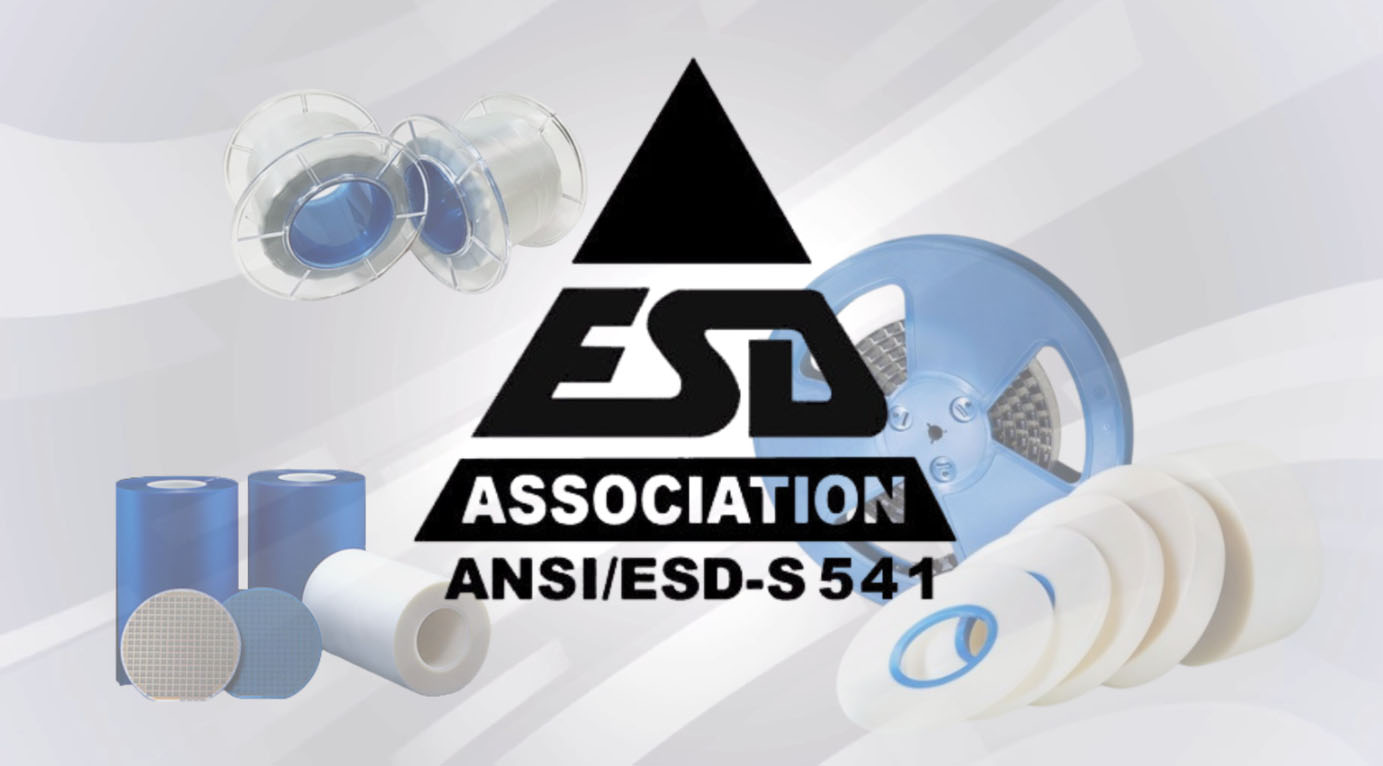Combining several elements in different proportions forms an alloy. When an alloy consists of two components, it is called a binary alloy, like NiCr8020, CuNi10 of Nexteck Technology. An alloy with three components is a ternary alloy, like CuMn12Ni and CuMn7Sn, and an alloy with four components is a quaternary alloy, such as . The resulting metallic substance has properties that are significantly different from those of its components. Modifying the composition by 1% can change the property of one unit of an alloy system.

Based on its formation, alloys can be divided to homogeneous alloy and mixture or heterogeneous alloy. In a homogeneous alloy, the mixture consists of only one phase and a mixture alloy is a combination of several phases. In solid chemistry, a mixture of multiple metals may exist in single phase. The type of phase depends upon the degree of mixibility of two metals. If the metals get completely mixed a homogeneous phase is formed otherwise a heterogeneous phase is formed.
There are several alloys of various metals, such as alloys of Aluminium, Iron, Nickel, Copper, Potassium,Cobalt, Gallium, Silver, Tin, Gold, Mercury, Lead, Bismuth, Zirconium, and rare earth. Based on the presence or absence of Iron, alloys can be classified into:
ferrous and non-ferrous metals.png
Ferrous alloys: Contain Iron as a major component. A few examples of ferrous alloys are Stainless Steel, Cobalt, Gallium, Silver, Gold, Bismuth, and Zirconium. Nexteck Technology's ferro-nickel alloy, iron-copper alloy are ferrous alloys.

Non-ferrous alloys: Do not contain Iron as a major component. For example, Aluminium, Brass, Bronze, Copper, Tin, Nickel, Magnesium, and Titanium are some common non-ferrous alloys. Most Nexteck Electronics' alloys are non-ferrous alloys.
Attending exhibitions, focusing on industry devolpment trend and new technologies,Nexteck Technology Limited keeps pace with the times ,exploring and innovating so as to achievingcontinous development.


